“I was born in Genoa, a Mediterranean city, and this has influenced my life. Half of my city is water. It’s a large port and everything moves: ships and cranes float, and you have the ceaseless feeling that all things are in perpetual motion”Renzo Piano, Italian architect and engineer.
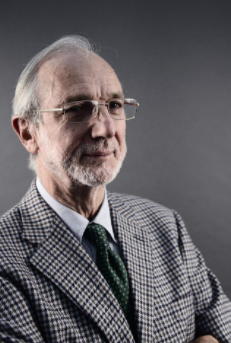
image source: https://search.creativecommons.org/photos/cde4e274-5acf-4510-8e2a-505ea8a87d1a by Festival della Scienza
About his life
Renzo Piano was born in Genoa in 1937 into a family of builders. He developed strong attachments with this historic city and port and with his father’s profession. While studying at Politecnico of Milan University, he worked in the office of Franco Albini. After graduation in 1964, he started experimenting with light, mobile, temporary structures. Between 1965 and 1970, he went on a number of trips to discover Great Britain and the United States.In 1971, he set up the “Piano & Rogers” office in London together with Richard Rogers, with whom he won the competition for the Centre Pompidou.

image source: https://search.creativecommons.org/photos/24e3d13f-33d9-48db-ad6d-5de3385d8a6a by 準建築人手札網站 Forgemind ArchiMedia
What are the characteristics of Renzo Piano’s Architecture ?
His high-tech design for the Centre Georges Pompidou (1971–77) in Paris, made to look like an “urban machine,” immediately gained the attention of the international architectural community.
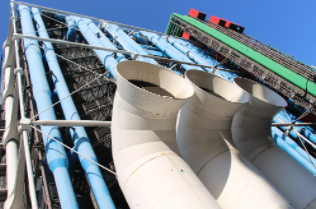
image source: https://search.creativecommons.org/photos/9d4192cd-d0ad-42d8-925d-e0ca755186c0 by corno.fulgur75
Colourful air ducts and elevators positioned on the building’s exoskeleton created a vivid aesthetic impression, and the structure’s playfulness challenged staid, institutional ideas of what a museum should be. From a functional stand point, the position of service elements such as elevators on the exterior allowed an open, flexible plan in the building’s interior. While many complained that it did not fit the context of the historic neighbourhood, the Pompidou nonetheless helped bring about the revitalization of the area when it became an internationally renowned landmark.
Some of his famous works
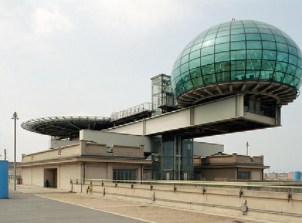
image source:https://search.creativecommons.org/photos/b769a87f-77c9-4405-9410-64b6ad1bb16a by 準建築人手札網站 Forgemind ArchiMedia
- Kansai International Airport (1991–1994)
- Jean-Marie Tjibaou Cultural Centre, Noumea, New Caledonia (1991–98)
- Potsdamer Platz, Berlin (1992–2000)
- Aurora Place, Sydney, Australia (1996–2000)
- Auditorium Niccolo Paganini (1997–2001)
- Maison Hermès (1998–2001)
- Auditorium Parco della Musica (1994–2002)
- Nasher Sculpture Center (1999–2003)
- Zentrum Paul Klee (1999–2005)
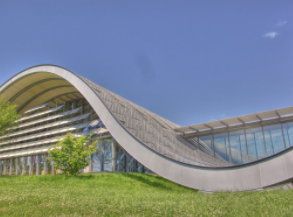
image source: https://search.creativecommons.org/photos/0640573e-980b-42ab-9d9e-fee82897f6f5 by twicepix
- High Museum of Art Extension (1999–2005)
- New York Times Building (2000–2007)
- The Shard, London (2000–2010)

image source: https://search.creativecommons.org/photos/237ee4d8-b4d0-48d0-9fe0-22393647d988 by 準建築人手札網站 Forgemind ArchiMedia
- Central Saint Giles, London (2002–2010)
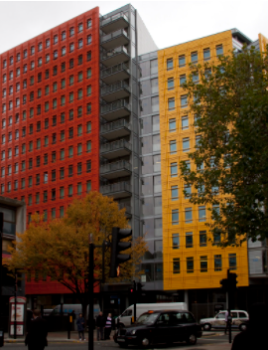
image source: https://search.creativecommons.org/photos/fb01fd38-e306-4f9f-b252-5651b3e14f17 by ahisgett
- Los Angeles County Museum of Art (BCAM and Resnick Pavilion), Los Angeles (2003–2010)
- Astrup Fearnley Museum of Modern Art, Oslo, Norway (2006–2012)
- The Harvard Art Museums, Cambridge, Massachusetts (2008–2014)
- Whitney Museum of American Art, New York City (2007–2015)
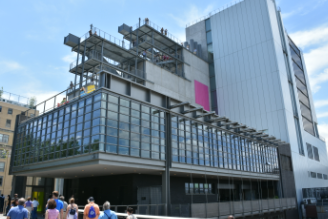
image source: https://search.creativecommons.org/photos/cd20e0cf-a06e-4018-b4e4-5ae0a6835f68 by MusikAnimal
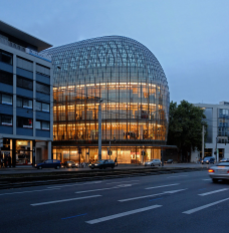
image source: https://search.creativecommons.org/photos/5a85105a-9a34-4f6a-adb4-56e34d5208b3 by seier+seier
info source:
